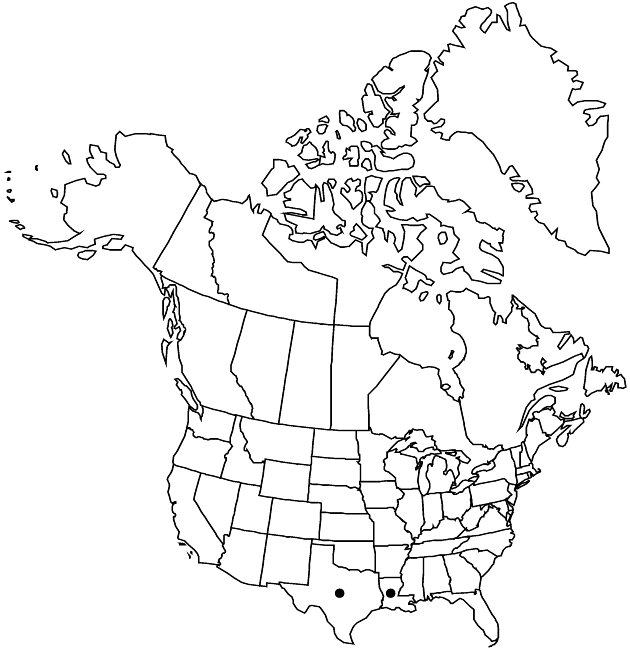Difference between revisions of "Ratibida peduncularis var. peduncularis"
Treatment appears in FNA Volume 21. Treatment on page 62.
FNA>Volume Importer |
imported>Volume Importer |
||
| (One intermediate revision by the same user not shown) | |||
| Line 42: | Line 42: | ||
|publication year= | |publication year= | ||
|special status= | |special status= | ||
| − | |source xml=https:// | + | |source xml=https://bitbucket.org/aafc-mbb/fna-data-curation/src/2e0870ddd59836b60bcf96646a41e87ea5a5943a/coarse_grained_fna_xml/V19-20-21/V21_137.xml |
|tribe=Asteraceae tribe Heliantheae | |tribe=Asteraceae tribe Heliantheae | ||
|subtribe=Asteraceae (tribe Heliantheae) subtribe Rudbeckiinae | |subtribe=Asteraceae (tribe Heliantheae) subtribe Rudbeckiinae | ||
Latest revision as of 21:09, 5 November 2020
Leaves 2-pinnatifid, 2–12 × 1–5 cm, lobes 4–10 (linear-lanceolate to ovate-obovate, mostly 1–10 mm wide). Ray corollas mostly yellow to purplish yellow. Cypselae pectinate-fimbriate (both margins). 2n = 28.
Phenology: Flowering Mar–Nov.
Habitat: Sandy sites
Elevation: 0–300 m
Distribution

La., Tex., Mexico (Tamaulipas).
Discussion
Variety peduncularis has been reported to hybridize with Ratibida columnifera (S. W. Jackson 1963).
Selected References
None.
Lower Taxa
None.